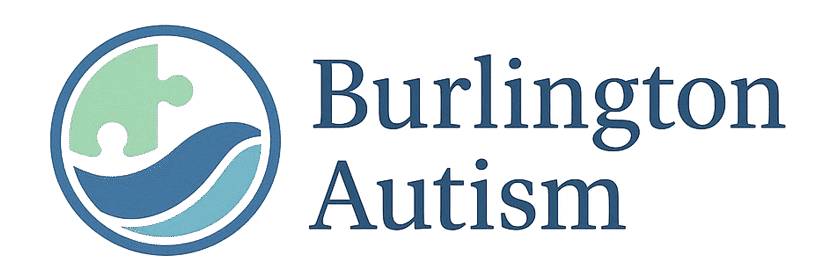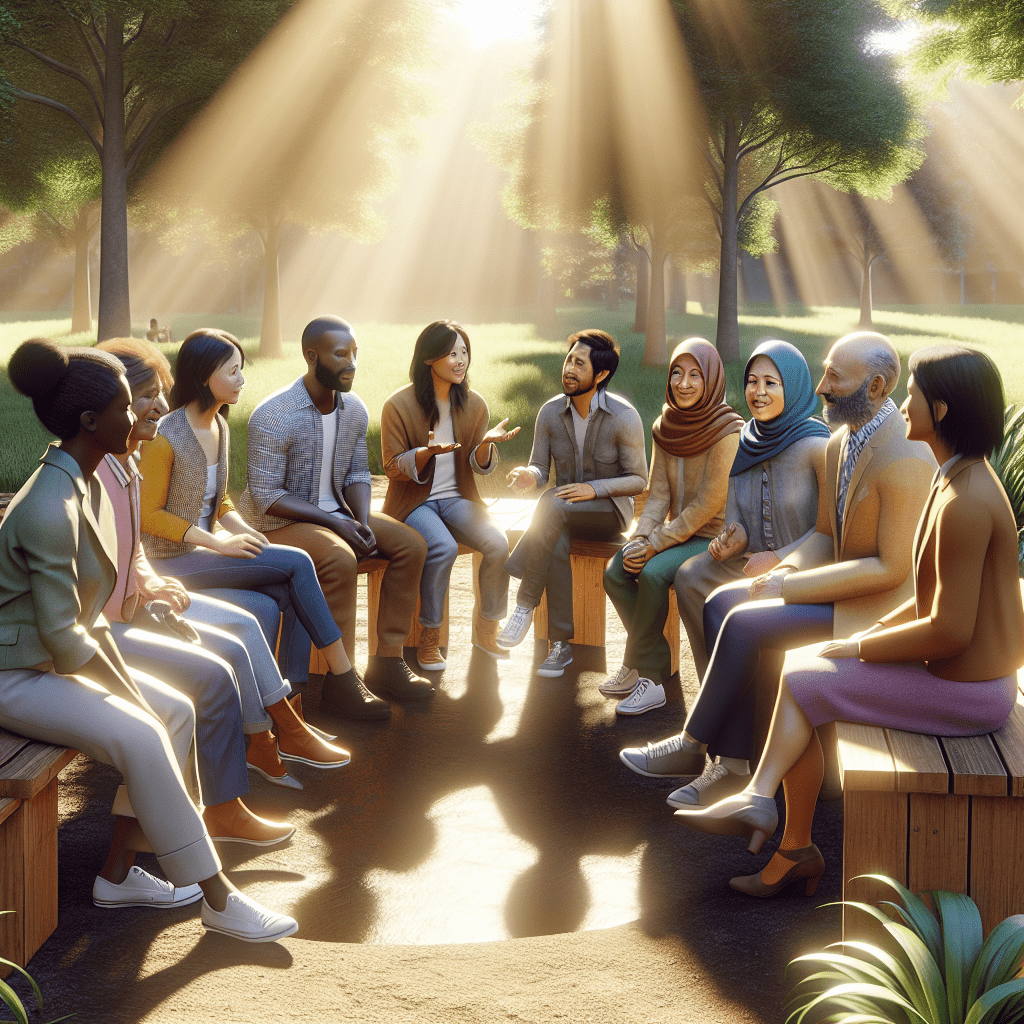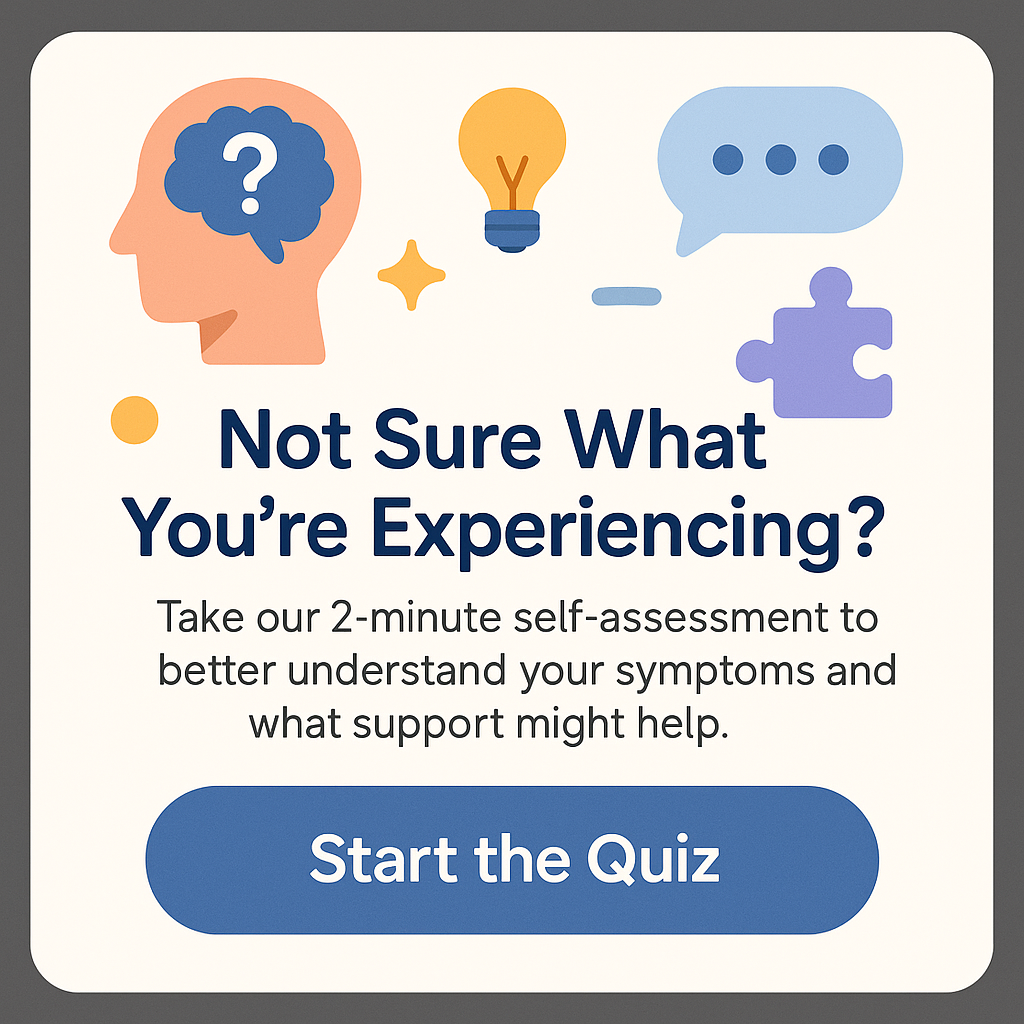What does it mean when someone says they are neurodiverse?
When someone says they are neurodiverse, it encompasses a rich tapestry of neurological differences that challenge the traditional norms of cognition and behavior. It’s a term rooted in the idea that variations in the human brain—such as autism, ADHD, dyslexia, and more—are not just disorders but an inherent part of human diversity. This definition moves beyond the clinical descriptions to embrace a broader spectrum of experiences and identities that are often marginalized. Understanding what it means when someone says they are neurodiverse opens a door to empathy, inclusivity, and the celebration of differences that contribute to the human experience.
Defining Neurodiversity
The term neurodiversity was popularized in the late 1990s by the autism community, primarily by activist Judy Singer. The concept of neurodiversity challenges the notion that neurological differences should be pathologized and instead promotes the idea that these differences should be accepted as natural variations of the human brain. This paradigm shift invites discussions about the roles of neurodiverse individuals in society, their potential contributions, and the stigma that often accompanies their identities.
For many, the phrase, “What does it mean when someone says they are neurodiverse?” leads to numerous questions regarding their daily lives, the challenges they face, and how they can thrive in various environments. Neurodiverse individuals might navigate the world differently, which can affect their social interactions, learning styles, and workplace dynamics. In a society often built around neurotypical norms, this divergence can create significant barriers but also unique strengths.
Let’s break down the different conditions that fall under the neurodiversity umbrella:
- Autism Spectrum Disorder (ASD): A developmental disorder affecting communication, social interaction, and behavior. Autism can present in various ways, from nonverbal individuals to those who are highly verbal, showcasing the broad spectrum inherent to this diagnosis.
- Attention Deficit Hyperactivity Disorder (ADHD): A condition characterized by symptoms of inattention, hyperactivity, and impulsiveness. Those with ADHD might find it difficult to focus, organize tasks, or sit still.
- Dyslexia: A learning disorder that involves difficulty in reading due to problems identifying speech sounds and learning how they relate to letters and words. This impacts literacy skills but often correlates with high levels of creativity and problem-solving.
- Dyscalculia: A condition affecting a person’s ability to understand numbers and learn math facts, leading to struggles in mathematical reasoning.
- Dysgraphia: A learning disability that involves difficulty in handwriting and affecting the ability to express thoughts in written form.
Each of these conditions demonstrates that when someone claims they are neurodiverse, it could mean they experience the world through a different lens. Understanding this perspective can foster a more inclusive environment, encouraging society to become more adaptive to these differences.
The Impact of Neurodiversity on Daily Life
So, what does it mean when someone says they are neurodiverse in their daily lives? The answers are often multifaceted. Let’s take a deeper dive into how neurodiversity affects various aspects of life, such as education, work, and interpersonal relationships.
1. Education
The educational experience for neurodiverse individuals can vary significantly from one person to another. Traditional teaching methods often favor neurotypical students, which can unintentionally marginalize those who learn differently. For instance, a student with autism may excel in subjects like math or science but struggle with social interactions or group activities. On the other hand, a student with ADHD might grasp concepts quickly but have difficulty maintaining focus during lectures.
Many educational institutions are now adopting inclusive practices, recognizing the importance of accommodating different learning styles. This includes implementing individualized education plans (IEPs), providing sensory-friendly environments, and encouraging collaborative learning experiences that allow for flexibility. Such changes contribute valuable perspectives and skills, emphasizing that diversity enhances the overall educational experience for all students.
Moreover, fostering an understanding of neurodiversity among educators promotes empathy and awareness, leading to richer, more meaningful interactions with neurodiverse students. The question, “What does it mean when someone says they are neurodiverse?” can resonate especially within educational settings, sparking discussions that highlight the strengths and contributions of students from various neurological backgrounds.
2. Employment and Workplaces
In the workplace, neurodiversity presents both challenges and opportunities. Many companies are beginning to recognize the benefits of hiring neurodiverse employees, acknowledging that they can offer unique skills and insights that enhance creative problem-solving and innovation. For instance, individuals with dyslexia may have advanced visual-spatial skills, while those with autism might possess exceptional attention to detail.
However, the workplace can also be challenging for neurodiverse individuals due to social expectations, communication barriers, and rigid structures that may not cater to their needs. A neurodiverse individual might thrive in an environment that emphasizes flexibility, remote work opportunities, or alternative communication methods. When we ask “What does it mean when someone says they are neurodiverse?” in this context, it becomes clear that embracing diverse talents and perspectives can lead to more inclusive workplaces.
Some companies have initiated neurodiversity hiring programs that celebrate these differences and provide support to neurodiverse employees, showcasing a commitment to fostering an inclusive culture. Organizations like Microsoft and SAP have pioneered such efforts, leading the charge to create an understanding and supportive work environment.
Challenges Faced by Neurodiverse Individuals
What does it mean when someone says they are neurodiverse? While it underscores the beauty and diversity of human cognition, it also highlights various challenges faced by neurodiverse individuals. These challenges can stem from societal stigma, lack of understanding, and insufficient support structures.
Mental Health Concerns
Many neurodiverse individuals encounter higher levels of mental health issues such as anxiety and depression than their neurotypical peers. The feelings of isolation and misunderstanding often contribute to these struggles. Societal expectations can create an internalized pressure for neurodiverse individuals to conform to neurotypical norms, leading to frustration and difficulties in self-acceptance.
Support systems, whether they be through counseling, neurodiversity communities, or educational programs, can play a substantive role in improving mental health outcomes. Understanding that being neurodiverse means more than just a series of challenges can empower individuals. It can move the focus towards resilience, strengths, and the ability to thrive.
Social Interactions
Neurodiverse individuals often face challenges in social interactions. Many may find it difficult to read social cues or engage in small talk, contributing to feelings of loneliness. Misinterpretations during conversations can lead to misunderstandings and hinder relationship-building efforts.
Addressing these challenges involves fostering environments that appreciate neurodiversity. By encouraging open dialogues and educating those around them, neurodiverse individuals can facilitate better communication and understanding. This is critical not just in personal relationships but in professional settings as well.
Celebrating Neurodiversity
Understanding “What does it mean when someone says they are neurodiverse?” isn’t just about acknowledging challenges; it’s also about celebrating the unique strengths and perspectives that neurodiverse individuals bring to the table. With the right support and an inclusive environment, neurodiverse individuals can shine in an array of contexts.
From enhancing creativity in the arts to driving innovations in technology, neurodiversity enriches every field. Acknowledging and appreciating these differences can foster empathy and collaboration, leading to a more vibrant society.
As we embrace neurodiversity, individuals can discover their strengths, build meaningful relationships, and find places where they truly belong. This shift in perspective supports a redefinition of success, encouraging people to thrive in their unique ways.
Conclusion
In conclusion, when someone says they are neurodiverse, it represents a realm of neurological variations that contribute to the rich tapestry of human diversity. From the ways we think and learn to how we communicate and interact, neurodiversity challenges us to redefine our understanding of normalcy and embrace the beauty of differences. By fostering an inclusive society that champions neurodiverse individuals, we pave the way for innovation, creativity, and deeper connections among all people. Understanding neurodiversity helps us engage with the world from a wider perspective, promoting empathy and acceptance in every interaction. So next time you hear someone say they are neurodiverse, remember the vast, unique experiences they bring to the table along with the challenges they may face.
FAQs
1. Is neurodiversity a mental illness?
No, neurodiversity refers to natural variations in the human brain. Conditions like autism and ADHD fall under the neurodiversity umbrella but are not considered mental illnesses.
2. How can I support neurodiverse individuals in my community?
Education and advocacy are key. You can raise awareness about neurodiversity, encourage inclusive practices, and foster empathy and understanding among peers.
3. What resources are available for neurodiverse individuals?
Numerous organizations and online communities provide support, including educational programs, counseling, and advocacy resources. Examples include the Autistic Self Advocacy Network and CHADD for individuals with ADHD.
4. Are neurodiverse individuals more creative?
While it varies among individuals, many neurodiverse persons exhibit strong problem-solving skills and creativity. Their unique perspectives often lead to innovative thinking.
5. Can neurodiversity be accommodated in workplaces?
Yes, many workplaces are beginning to implement accommodations such as flexible hours, sensory-friendly environments, and tailored training to support neurodiverse employees.
What are the 4 core principles of aba?
Can an Autistic Person Drive? Understanding the Challenges and Possibilities







